-
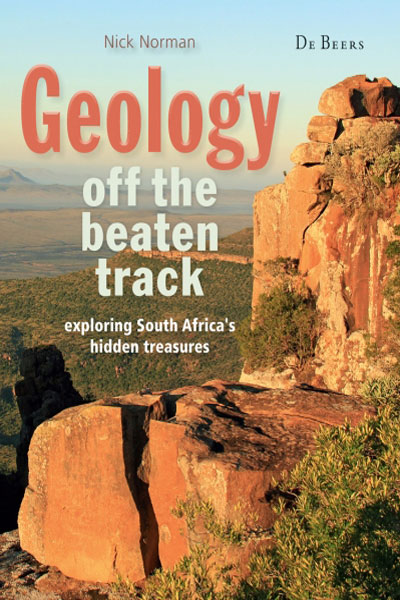 Geology off the beaten track follows on the success of author Nick Norman’s earlier Geological Journeys (co-authored with Gavin Whitfield), which has sold more than 20 000 copies in the last 6 years. This new book helps readers understand and interpret the geology along SA’s regional and other less-travelled roads. It features 13 detailed routes across the country, taking in geologically interesting areas such as the Richtersveld, Cape winelands and the Valley of Desolation near Graaff-Reinet. The text is richly illustrated with photos and explanatory diagrams, making it suitable for armchair travellers too. Maps for all the routes indicate key geosites, with GPS readings to pinpoint their location.
Geology off the beaten track follows on the success of author Nick Norman’s earlier Geological Journeys (co-authored with Gavin Whitfield), which has sold more than 20 000 copies in the last 6 years. This new book helps readers understand and interpret the geology along SA’s regional and other less-travelled roads. It features 13 detailed routes across the country, taking in geologically interesting areas such as the Richtersveld, Cape winelands and the Valley of Desolation near Graaff-Reinet. The text is richly illustrated with photos and explanatory diagrams, making it suitable for armchair travellers too. Maps for all the routes indicate key geosites, with GPS readings to pinpoint their location. -
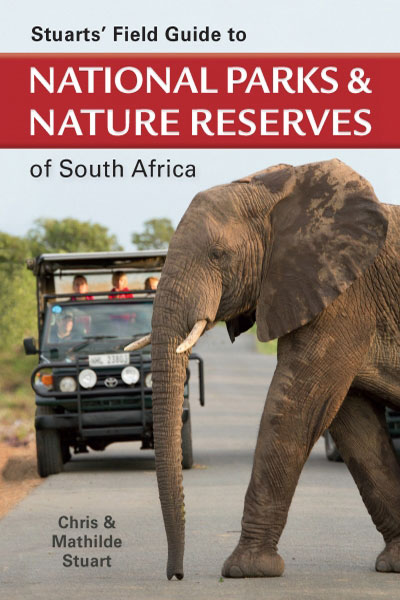 This book is a unique and indispensable guide to the hidden treasures of 43 of South Africa's best and most accessible national parks, nature reserves and wilderness areas. Included are more than 900 photographs, 140 detailed park, locator, provincial and vegetation maps, and a 31-page photographic guide that aids identification of wildlife and vegetation. Organised by province, the conservation areas are comprehensively described, covering history, location, landscape, geology, vegetation, and wildlife.
This book is a unique and indispensable guide to the hidden treasures of 43 of South Africa's best and most accessible national parks, nature reserves and wilderness areas. Included are more than 900 photographs, 140 detailed park, locator, provincial and vegetation maps, and a 31-page photographic guide that aids identification of wildlife and vegetation. Organised by province, the conservation areas are comprehensively described, covering history, location, landscape, geology, vegetation, and wildlife. -
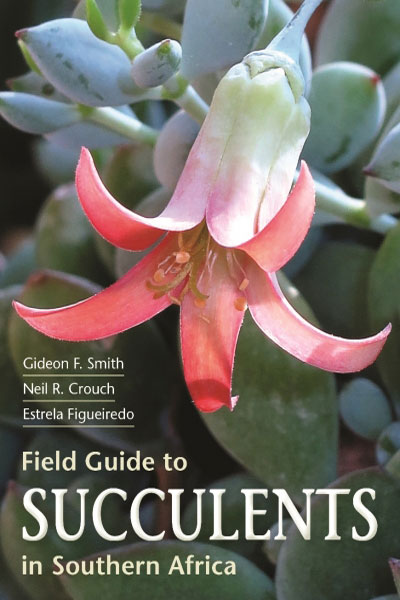 This user-friendly, richly illustrated field guide features more than 700 southern African succulents, focusing on the most interesting and commonly encountered species. An introduction to families and their key features will help readers identify the relevant plant group, while concise accounts describing the plants’ diagnostic features, along with distribution maps, will enable quick ID of species.
This user-friendly, richly illustrated field guide features more than 700 southern African succulents, focusing on the most interesting and commonly encountered species. An introduction to families and their key features will help readers identify the relevant plant group, while concise accounts describing the plants’ diagnostic features, along with distribution maps, will enable quick ID of species. -
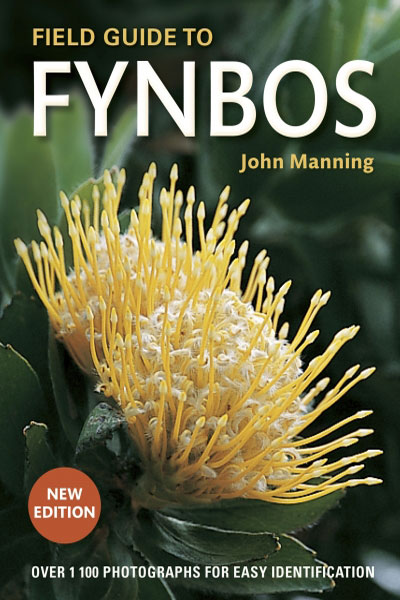 Field Guide to Fynbos features over 1,000 species from the Cape Floristic Region – home to one of the world’s richest floras. This fully updated edition focuses on the most common and ‘showy’ plants. An introduction unpacks the world of fynbos – including origins, diversity, climate, and adaptations and is followed by a photographic key and descriptions of the fynbos families. Species descriptions are accompanied by photographs, distribution maps, comparisons with similar species, and notes on traditional uses.
Field Guide to Fynbos features over 1,000 species from the Cape Floristic Region – home to one of the world’s richest floras. This fully updated edition focuses on the most common and ‘showy’ plants. An introduction unpacks the world of fynbos – including origins, diversity, climate, and adaptations and is followed by a photographic key and descriptions of the fynbos families. Species descriptions are accompanied by photographs, distribution maps, comparisons with similar species, and notes on traditional uses. -
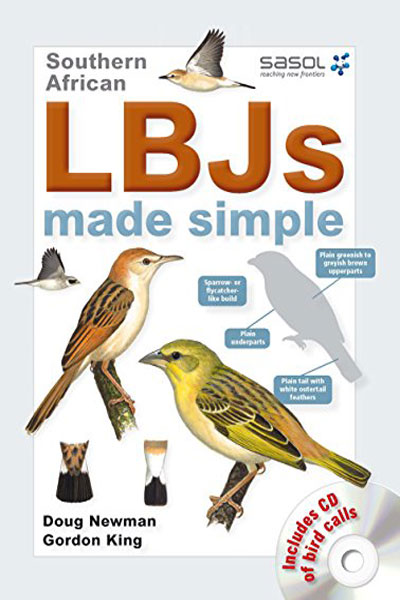 LBJs Made Simple" is an important new guide to the cryptic little birds that are universally known as 'little brown jobs'. Using colour coding and careful design, the reader I systematically guided through the initial sorting stages: from family group, to 'visual group' within the family, and finally to the species.
LBJs Made Simple" is an important new guide to the cryptic little birds that are universally known as 'little brown jobs'. Using colour coding and careful design, the reader I systematically guided through the initial sorting stages: from family group, to 'visual group' within the family, and finally to the species. -
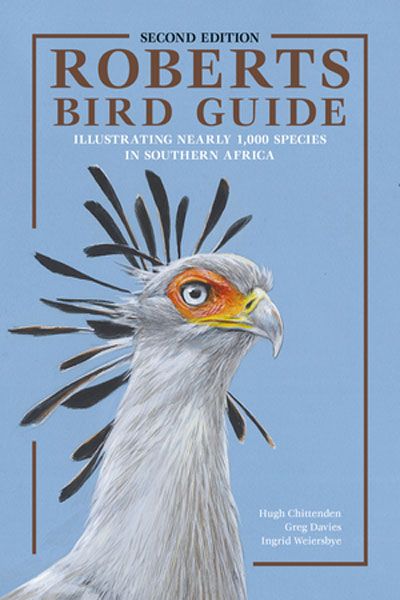 Covering nearly 1,000 species found in southern Africa (south of the Cunene and Zambezi rivers), this 570-page revised edition of Roberts Bird Guide features stunning new artwork detailing seasonal, age and sexual differences in approximately 240 annotated colour plates ...
Covering nearly 1,000 species found in southern Africa (south of the Cunene and Zambezi rivers), this 570-page revised edition of Roberts Bird Guide features stunning new artwork detailing seasonal, age and sexual differences in approximately 240 annotated colour plates ... -
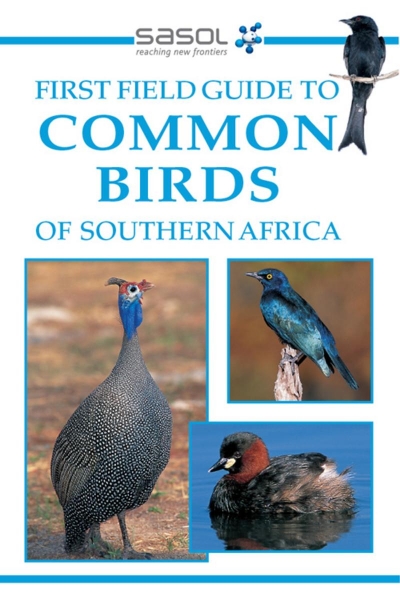
-
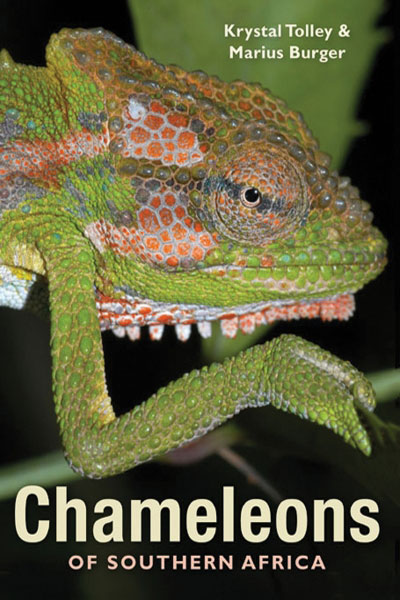 Chameleons are fascinating creatures: they almost always evoke in people a strong response, be it delight, wonder, or fear. Chameleons of Southern Africa explores this interesting group of lizards and discusses their strange and unusual, sometimes unnerving, characteristics. It presents an overview of all types of chameleons (of which there are up to 160 species in total, worldwide), their history, geographic distribution (restricted mainly to Madagascar and Africa), reproduction, behaviour and their relationships to each other.
Chameleons are fascinating creatures: they almost always evoke in people a strong response, be it delight, wonder, or fear. Chameleons of Southern Africa explores this interesting group of lizards and discusses their strange and unusual, sometimes unnerving, characteristics. It presents an overview of all types of chameleons (of which there are up to 160 species in total, worldwide), their history, geographic distribution (restricted mainly to Madagascar and Africa), reproduction, behaviour and their relationships to each other. -
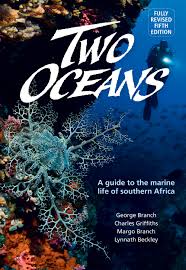 For over two decades Two Oceans has been the pre-eminent book to which scientists, students, divers, and beachcombers turn to identify and learn about marine life, from sponges to whales and seaweeds to dune forests. In this exuberantly colourful, fully revised fourth edition, over 2 000 species are now covered, names and other details have been updated to reflect the latest taxonomy and many new photographs have been added.
For over two decades Two Oceans has been the pre-eminent book to which scientists, students, divers, and beachcombers turn to identify and learn about marine life, from sponges to whales and seaweeds to dune forests. In this exuberantly colourful, fully revised fourth edition, over 2 000 species are now covered, names and other details have been updated to reflect the latest taxonomy and many new photographs have been added. -
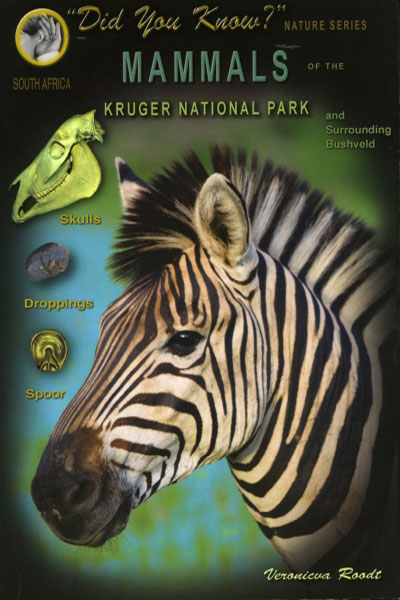 This compact guide to Mammals of the Kruger National Park and Surrounding Bushveld presents all the mammals you are likely to see in the region. Although handy in size, it packs in an astonishing amount of information, with each mammal accompanied by photos, distribution map, skull and dropping images, track illustration, a box giving ID pointers, and fascinating information on physiology, habits and behaviours.
This compact guide to Mammals of the Kruger National Park and Surrounding Bushveld presents all the mammals you are likely to see in the region. Although handy in size, it packs in an astonishing amount of information, with each mammal accompanied by photos, distribution map, skull and dropping images, track illustration, a box giving ID pointers, and fascinating information on physiology, habits and behaviours. -
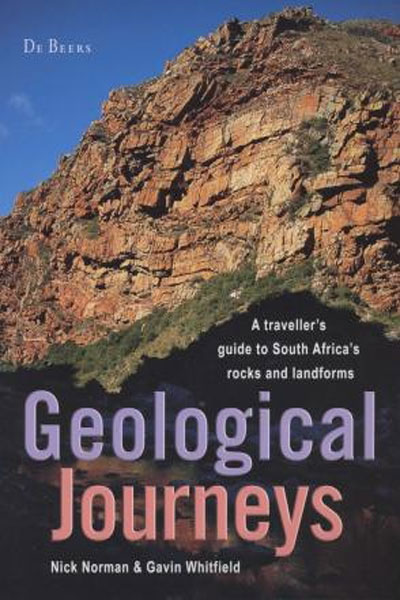 Geological Journeys: a traveller’s guide to South Africa’s rocks and landforms is an essential companion for car journeys. How often have we wondered about the jaunty tilt of a mountain ahead, the unusual patterns of a road cutting, the colour and texture of the roadside soil, or the purpose of a distant Minehead.
Geological Journeys: a traveller’s guide to South Africa’s rocks and landforms is an essential companion for car journeys. How often have we wondered about the jaunty tilt of a mountain ahead, the unusual patterns of a road cutting, the colour and texture of the roadside soil, or the purpose of a distant Minehead. -
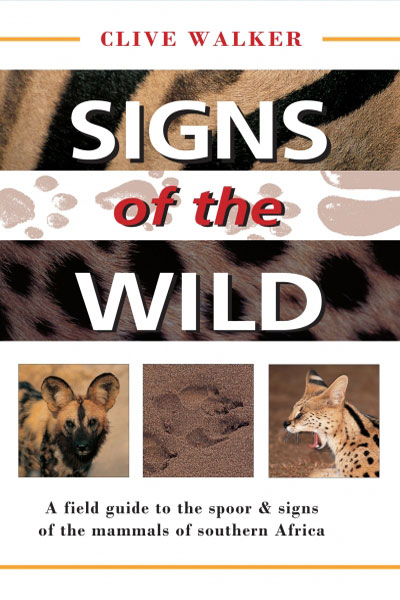 This compact field guide to the identification of Southern African mammals based on their spoor, droppings and skulls has been accepted as the standard work on the subject. This edition offers up-to-date information on identification through signs. This edition provides new illustrations for several species. It also features illustrations of skulls for all the carnivores.
This compact field guide to the identification of Southern African mammals based on their spoor, droppings and skulls has been accepted as the standard work on the subject. This edition offers up-to-date information on identification through signs. This edition provides new illustrations for several species. It also features illustrations of skulls for all the carnivores. -
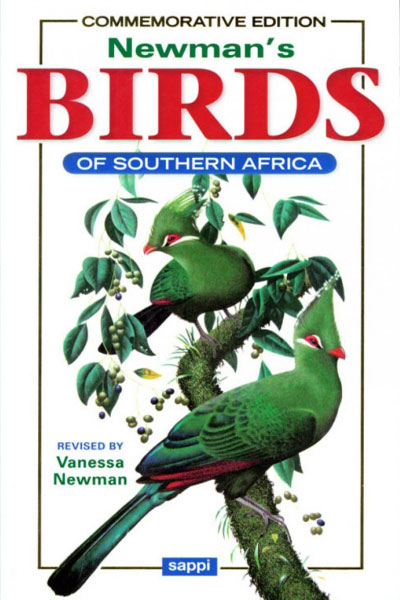 This commemorative tenth edition celebrates the contribution of the late author, Kenneth Newman, fully revised and updated by his daughter, Vanessa Newman, to reflect the latest research, taxonomy, and common names. Newman's Birds of Southern Africa, a leading field guide in the region, illustrates and fully describes all the birds recorded from the Antarctic to the Zambezi River.
This commemorative tenth edition celebrates the contribution of the late author, Kenneth Newman, fully revised and updated by his daughter, Vanessa Newman, to reflect the latest research, taxonomy, and common names. Newman's Birds of Southern Africa, a leading field guide in the region, illustrates and fully describes all the birds recorded from the Antarctic to the Zambezi River. -
 Let Southbound take you to the astonishing floral riches of the Cape - what Carl Linnaeus described as “this Heaven on Earth” - a vast area of mountainous shrubland, dominated by fynbos, and rich in faunal, floral and cultural diversity. The Cape Floral Kingdom is one of the oldest plant kingdoms in the world with some species dating back 60 million years The smallest and richest of the world’s six Floral Kingdoms with a staggering 9,600 flora species, 70% of which occur nowhere else on Earth.
Let Southbound take you to the astonishing floral riches of the Cape - what Carl Linnaeus described as “this Heaven on Earth” - a vast area of mountainous shrubland, dominated by fynbos, and rich in faunal, floral and cultural diversity. The Cape Floral Kingdom is one of the oldest plant kingdoms in the world with some species dating back 60 million years The smallest and richest of the world’s six Floral Kingdoms with a staggering 9,600 flora species, 70% of which occur nowhere else on Earth.

